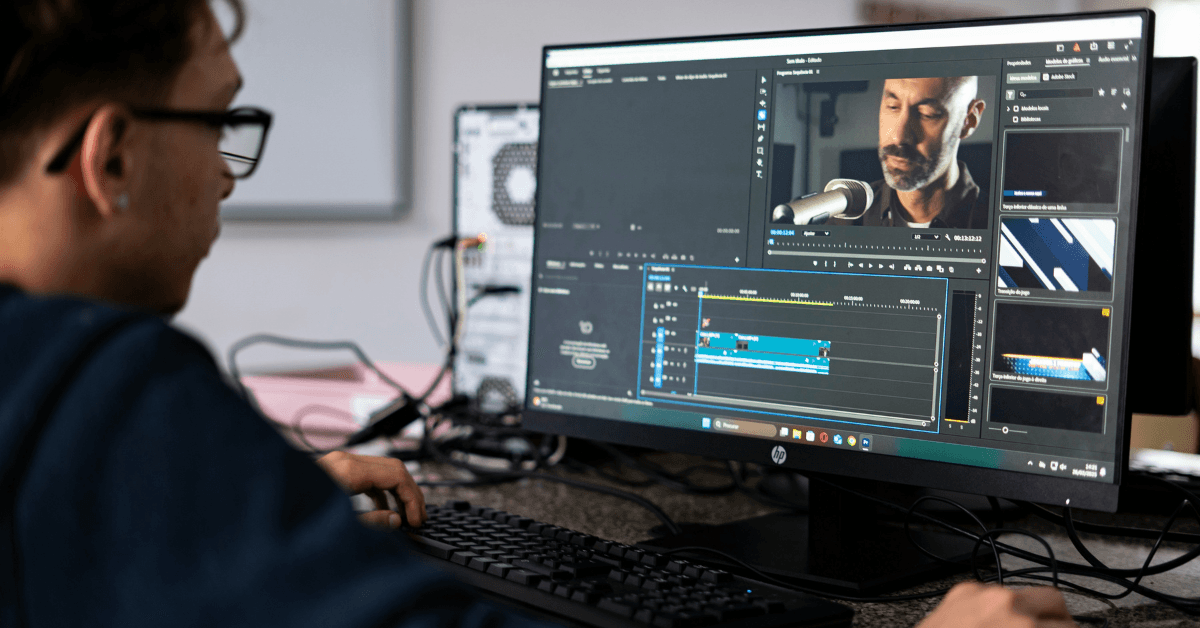AI Just Made Studio-Grade VFX Affordable, And It’s Wild

here was a time when cinematic worlds were literally built from the ground up; full cities constructed, oceans recreated, mountains carved out just for a shot. Think of Titanic’s painstaking ship replica or The Lord of the Rings’ sprawling sets in New Zealand. The cost? Hundreds of millions of dollars and years of production time. Then CGI entered the picture, replacing wood and nails with render farms and green screens. Movies got cheaper and faster but the process was still limited to those with blockbuster budgets.
Today, we’re watching the next leap in filmmaking. Take the sci-fi series The Eternaut, where a massive building-collapse sequence was completed roughly 10× faster using generative AI. The real story, however, isn’t just the speed but the budget: a post-production task that once required $50M can now deliver similar results for a few hundred thousand dollars. For the show's creators, this meant pulling off a shot that they admitted might not have been possible any other way, and that’s the true revolution. This technology is putting blockbuster-level storytelling within reach of creators everywhere.
And this shift isn’t limited to Hollywood. TikTok uses AI to auto-cut videos, Meta lets creators drop in AI-generated backgrounds, and YouTubers are experimenting with AI voiceovers and scene generation to scale content faster than ever.
But this isn’t just about getting access to shiny tools, it's about how the whole process of making things is changing. AI is slipping into every stage of production, quietly rewriting the playbook. It helps break down scripts and sketch early storyboards, spins up rough scenes and voices in minutes, and even handles the first pass of color grading and motion capture. What used to be a rigid, expensive pipeline is now faster, lighter, and more playful.
And because that might sound abstract, let’s get concrete. Here are some of the most powerful tools in this new creative stack: the ones turning bold ideas into finished scenes without needing a studio’s budget.
| Tool | What It's For | What It Does | Best For |
| <a href="https://runwayml.com/">Runway</a> | Video generation & editing | All-in-one creative suite for text→video, video editing, and quick effects. | Rapid prototyping of short videos, background removal, and generative effects. |
| <a href="https://www.descript.com/">Descript</a> | Podcast & audio editing | Text-first audio and video editor with transcription, Overdub voice cloning and multitrack editing. | Podcast editing, repurposing interviews, quick corrections. |
| <a href="https://elevenlabs.io/">ElevenLabs</a> | TTS & voice cloning | High-quality text-to-speech and voice cloning for natural narration. | Audiobooks, ads, and multilingual voiceovers. |
| <a href="https://www.topazlabs.com/">Topaz Gigapixel</a> | Image & frame enhancement | AI-driven upscaling and detail enhancement for images and video frames. | Improve image resolution and restore fine detail for assets. |
| <a href="http://colorlab.ai">Colorlab.ai</a> | Color grading | AI-assisted color grading and LUT generation for film and video. | Quickly match and grade scenes for consistent cinematic looks. |
| <a href="http://www.deepmotion.com">DeepMotion</a> | AI motion capture | Video-to-3D motion capture and animation from single-camera footage. | Animate characters and add realistic motion to 3D projects. |
Of course, AI still has its quirks like odd frames, uncanny motion, or lighting that feels slightly off. But with each update, those gaps get smaller, and human talent can focus on creativity, storytelling, and polish instead of grinding through technical work.
And that’s what matters most: the distance between an idea and a finished, studio-quality product is shrinking. The tools above aren’t just gadgets - they’re the new creative infrastructure, giving individuals and small teams the power to create at a level once reserved for massive studios.
The question now isn’t whether AI will replace filmmakers. The real question is: what would you create if cost and scale were no longer holding you back?
Y. Anush Reddy
Y. Anush Reddy is a contributor to this blog.